The San Agustin Archaeological Park
Welcome to the largest collection of the San Agustin complex. This outdoor museum is huge, covering more than 190 acres. There are four mesitas (artificial terraces), eight burial mounds, a ceremonial water feature carved into bedrock, three miles of trail, and more than 190 statues. It’s no wonder it took us more than six hours to cover the entire park. Unfortunately, that included a literal run thru the on-site museum since we arrived when they were closing. If we could have spent more time there, we’d have done it. For me, it was kinda like Disneyland with 2000 years of history.
Where to start? The Indoor Museum
If we had it to do over, we would have waited for the guard to open the museum when we first arrived in the morning. The museum covers the history of the principal archeologist, Luis Duque Gomez, who started working in the area in the 1940s. His more than 40 years of research in the Magdalena Valley contributed much to our understanding of the statues and mounds.
He was joined in the 1970s by Julio Cesar Cubillos. Using ceramic fragments and Carbon 14 dating, the two archeologists determined that the same culture, over the course of more than 2000 years, created these statues, burial grounds, and monuments.

The museum also gives some interesting interpretations of the various common elements of the statuary as well as providing a close-up look at many smaller statues. Furthermore, the exhibits include recreated examples of the paintings in some of the tombs, opening our eyes to the rich patterns that are very hard to see on the outdoor sites.


The Outdoor Museum at San Agustion
If you don’t wait for the guard to open the museum, you can simply start walking down one of the paths. While perhaps not the most efficient way to visit the park, it worked for us. All the paths meet up inside the park, so it’s impossible to get lost or miss one of the sites.

The San Agustin Archeological Park layout
As mentioned above, all paths in the park connect. We started in Mesita B, passed thru Mesita C and then the Fuente del Lavapatas on our way to the highest point in the park, Alto del Lavapatas. We then returned to Mesita A, before finishing our visit in the Bosque de las Estatuas and finally the Museum.
If you choose to go a different way, no worries. The important thing is to pass thru each site in the park so you don’t miss anything. You may think that after seeing Alto de los Idolos and Alto de los Piedras that there couldn’t be anything new. You’d be wrong.

What’s different here?
The organization of each mesita is basically the same as the other park locations; there are burial mounds, dolmens, tombs, and statues. It’s the details that stand out.
Here in the San Agustin Archeological Park, many of the dolmens, a tomb made of a large flat stone supported by other stones, are similar to the oldest found in Alto de los Idolos. However, the columns holding up the flat stones are actual statues themselves.


A completely unique feature in the park is the Fuente de las Lavapatas or the Foot Washing Fountain. Ancient peoples carved this ceremonial structure directly into the rockface. They diverted the nearby river to flow thru the site.
I’ve seen a lot of archeological sites in Europe as well as North and South America, but I’ve seen nothing like this site. According to the information at the site, there are more than 30 carvings of animals, people and symbols in the rock. This is one of those special places that change with the light during the day. One could spend days studying this site.


A forest of statues.
This region of Colombia is full of archeological sites. Over the years, many of these sites have been plundered and their statues moved to public and private collections. In an effort to correct this long term problem, the government of Colombia has regained possession of more than 60 of these statues and placed them in the Forest of Statues in order to highlight their variety and preserve them for future generations.
Unfortunately, due to the unknown providence of many of the statues, there is little to no information to give temporal or geographic context to these works. While this can be frustrating to visitors when very different styles are placed side-by-side, the important thing is that these statues are now being protected and preserved. Here are three of my favorites:
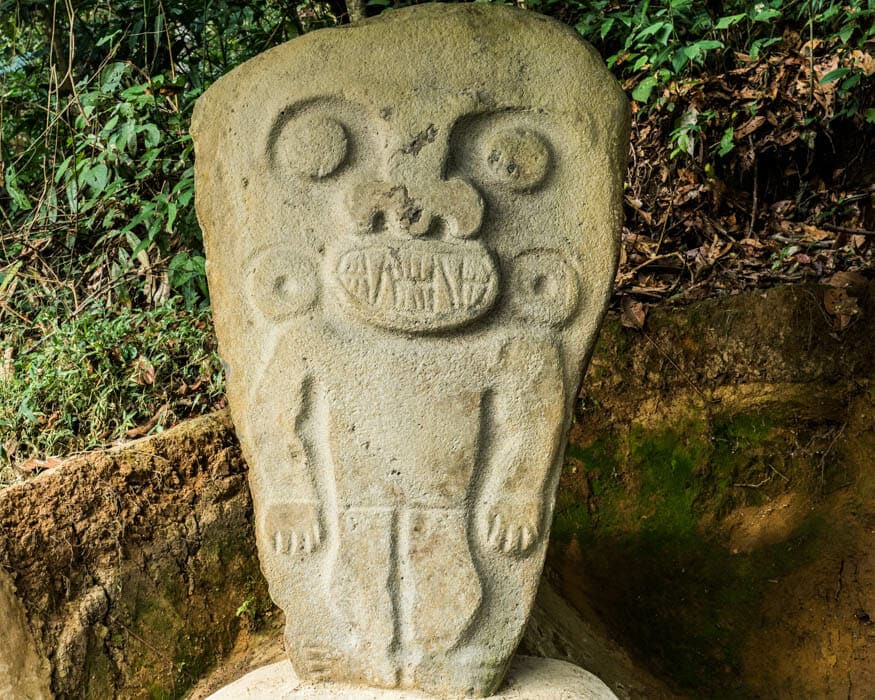
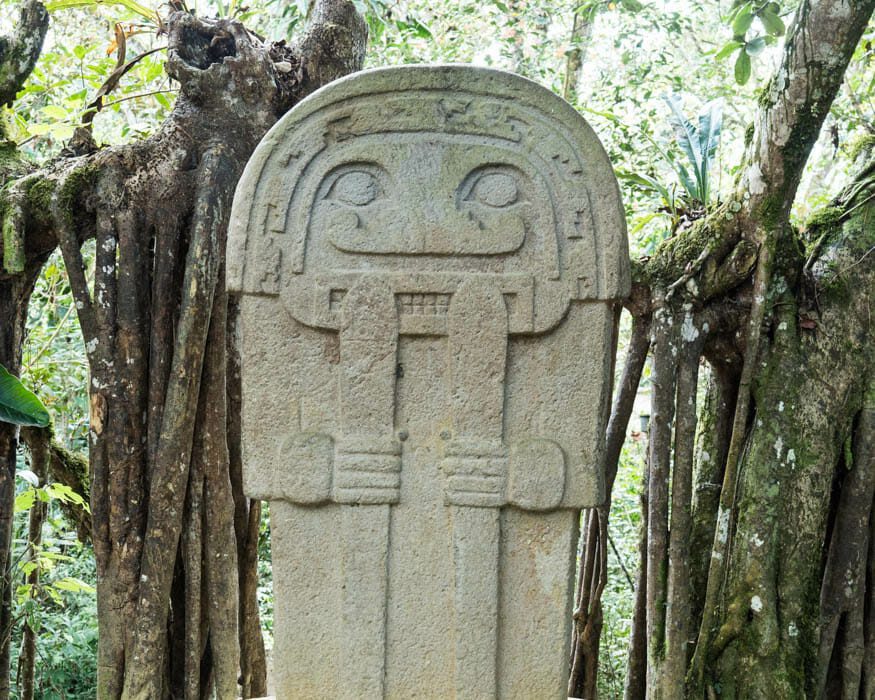
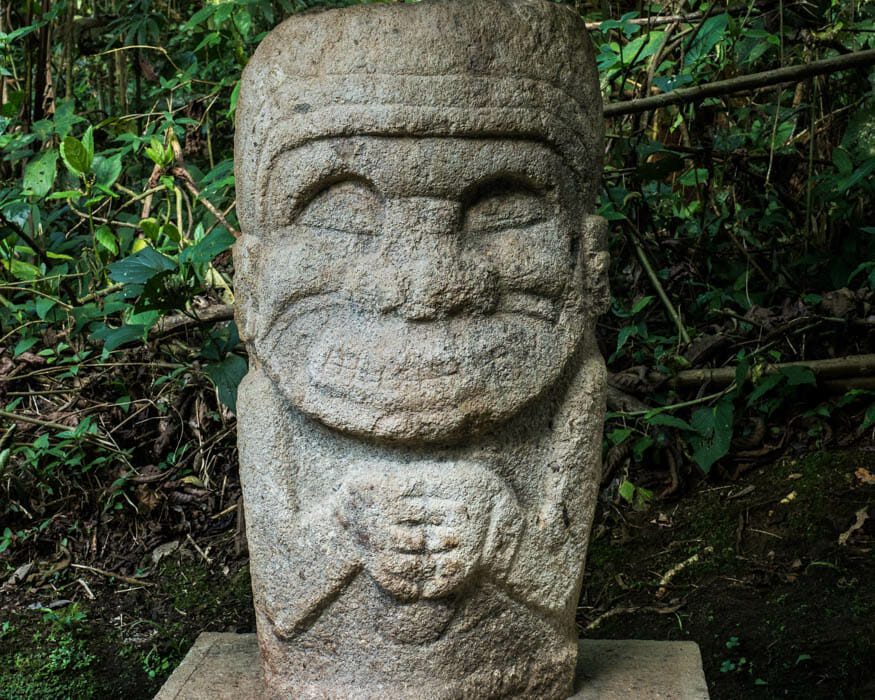
Check out other images of these impressive statues: A Forest Statues in San Agustin, Colombia
May not be the original forest, but you get the idea
One of the things I really liked about this park was the distance between the various sites. One could almost get a sense of what it may have been like to walk this ground in the time that these burial mounds and monuments were constructed. That said, I couldn’t discern anything especially different about most of the sites that make them stand out from any other site in the forest. All were equally interesting. I will say that the Alto de Lavapatas does have a commanding view of the surrounding area. I would have thought it would have have had one of the largest collections of statues versus the smallest.
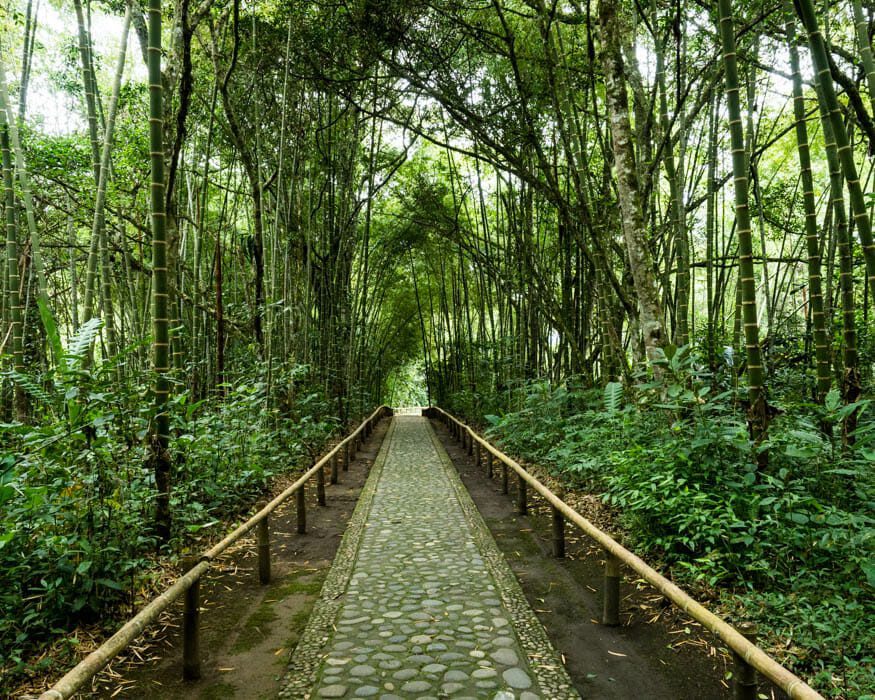
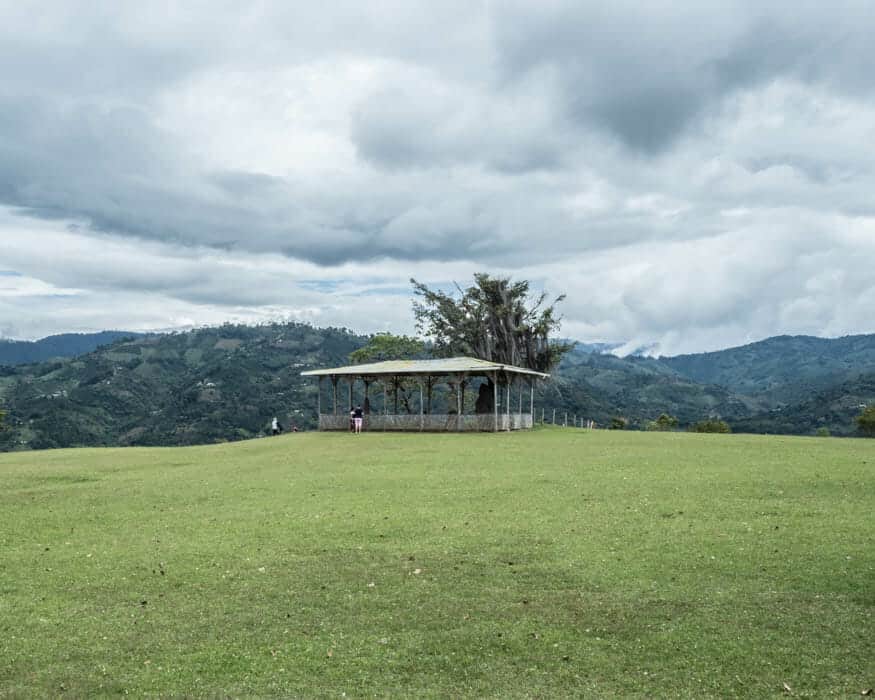
Impressive enough that we extended our stay
We really enjoyed our day exploring the mesitas at San Agustin Archeological Park. In fact, it made us want to see more sites in the region! So we extended our stay an extra day to see three more sites with petroglyphs and statues, including some with colors!

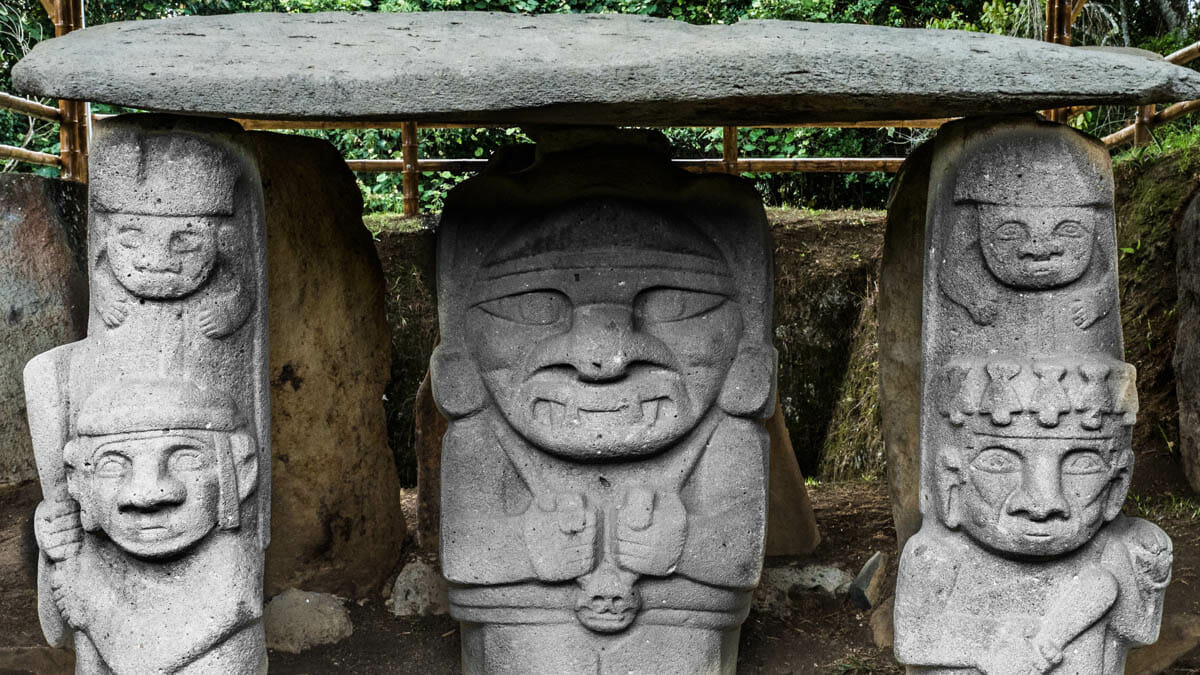

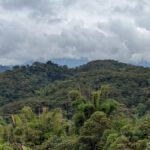

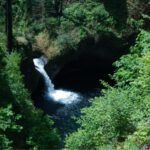



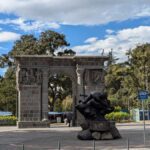



0 comentarios